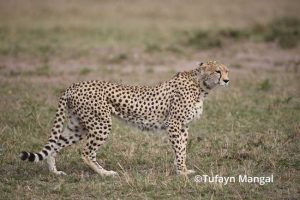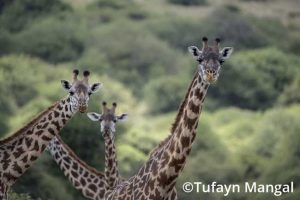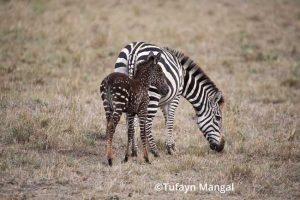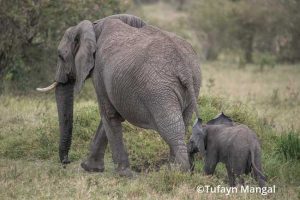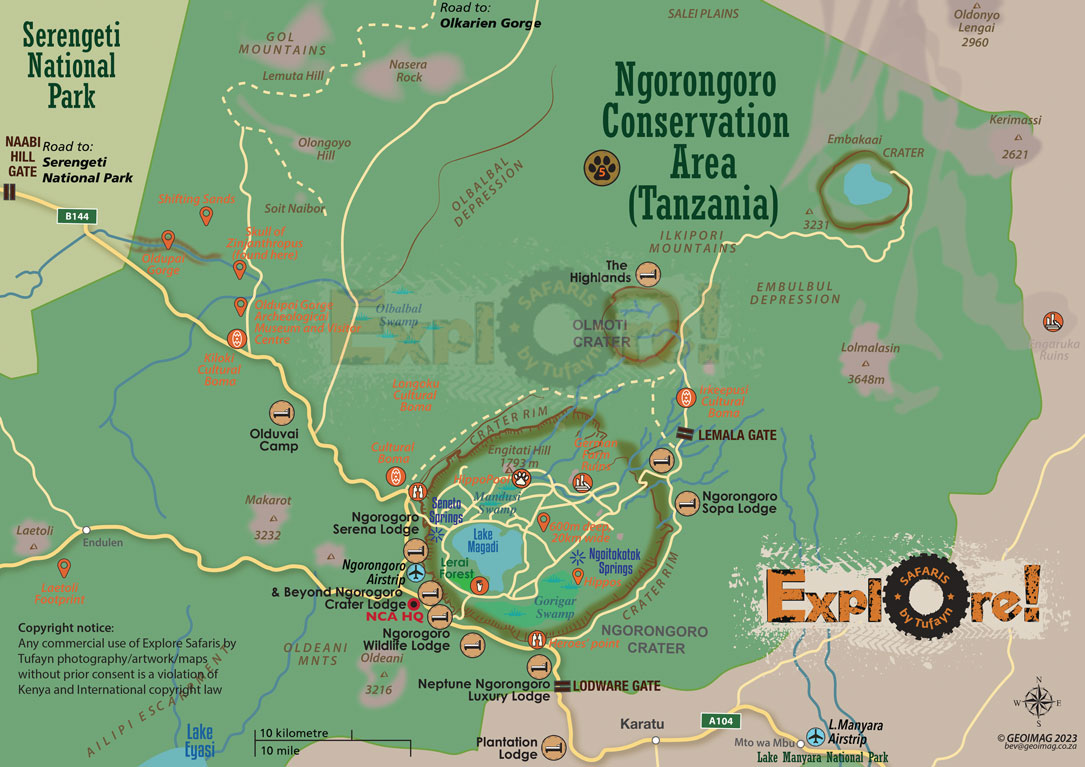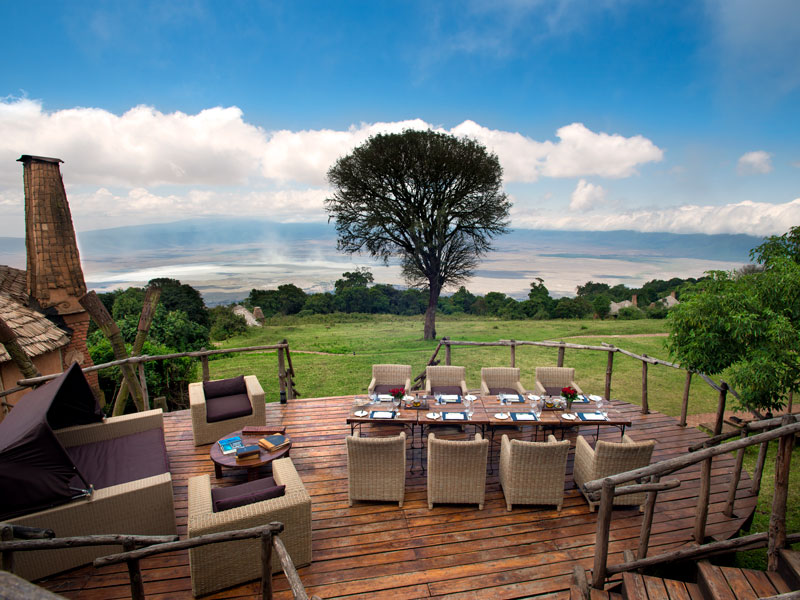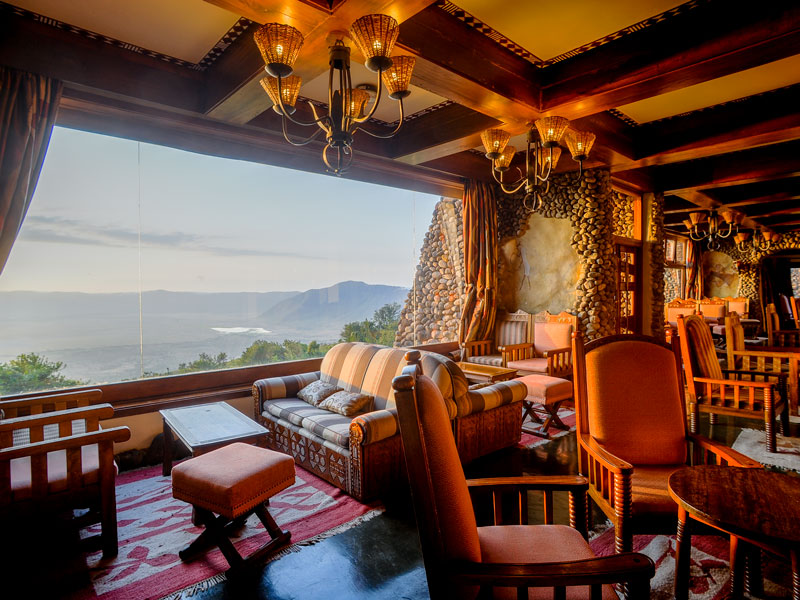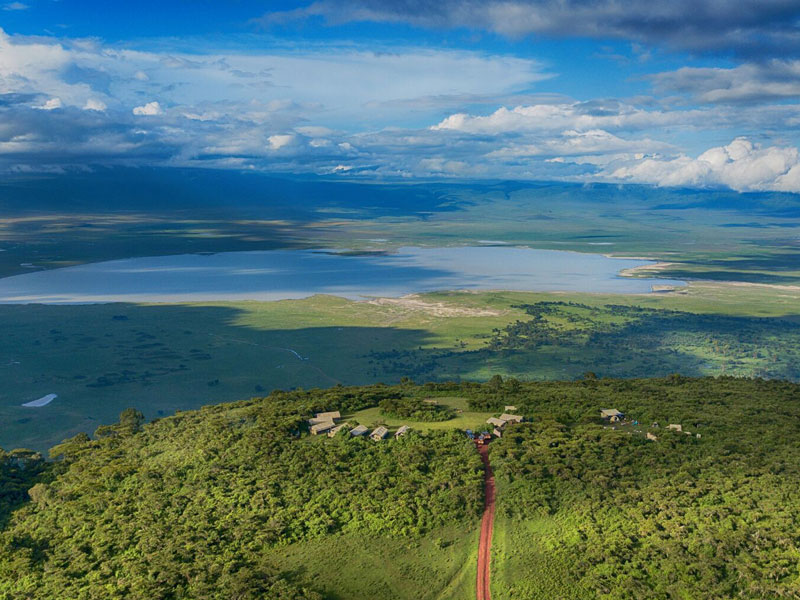NGORONGORO CONSERVANCY
The Ngorongoro Crater is the world's largest intact and unfilled volcanic caldera, and it is the Ngorongoro Conservation Area's main tourist attraction. The crater, which covers an area of 260 square kilometers and has a diameter of about 20 kilometers, is actually a massive caldera of a volcano that collapsed to a depth of 610 meters about three million years ago. Streams of water made their way down the crater over time, forming small ponds, and vegetation grew all over, attracting a variety of wild animals. Over 25,000 animals live in the crater, including elephants, buffaloes, elands, wildebeests, zebras, gazelles, hippos, and rhinos, as well as carnivores such as lions, hyenas, jackals, and cheetahs. The ponds, or rather small lakes, on the crater floor are also home to a variety of water birds, including flamingos and pelicans. Away from the crater floor, the forests on the rim are home to leopards, reedbuck, warthogs, and forest birds, making it Africa's ultimate destination for seeing the "Big Five" (lion, elephant, rhino, leopard and buffalo).
Game Drives


